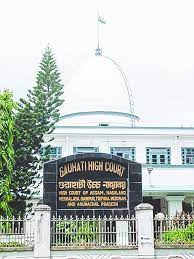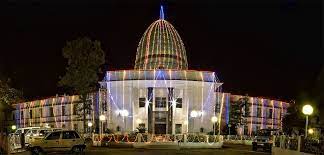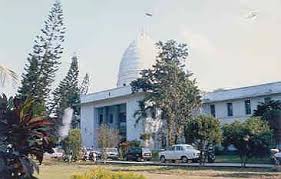The prosecution relied upon the extrajudicial confession made by the appellant before PW1 Ganesan Perumal in the presence of PW2 Tyagarajan Kannan. Secondly, the prosecution relied upon the recovery of the dead body and the stick allegedly used as a weapon of assault at the instance of the appellant. Thirdly, according to the prosecution, the skeleton was identified by PW nos.3 and 4 on the basis of the clothes thereon. ( Para 3)
The main submission of the learned counsel appearing for the appellant is that PW nos.1 and 2 were complete strangers to the appellant. Moreover, the alleged extrajudicial confession was made by the appellant before the said two witnesses 2 months and 11 days after the date of the incident. The learned counsel further submitted that the conduct of PW1 who was the Village Administrative Officer, does not inspire confidence as he immediately did not report the matter to the police. The learned counsel further submitted that the identity of the body/skeleton was not established. He submitted that recourse was not taken to DNA test for identification of the skeleton. He also submitted that there is a material discrepancy in the evidence of PW18 Investigating Officer and PW1 about the place from which the stick, which was the weapon of offence, was discovered. He pointed out that PW nos.8 to 11 who were cited as witnesses to support the theory of last seen together, did not support the prosecution. (Para 4)
Extrajudicial confession is always a weak piece of evidence and in this case, for the reasons which we have recorded earlier, there is serious doubt about the genuineness of the prosecution case regarding the extrajudicial confession. Therefore, the prosecution case about the extraCrl. judicial confession does not deserve acceptance. (Para 10)
As far as the alleged recovery of the dead body at the instance of the appellant is concerned, we must note that the dead body was recovered from a place which was accessible to all. A day prior to the alleged discovery at the instance of the appellant, PW nos.1 and 2 had gone to the place where the dead body was found. It is not the case of the prosecution that the place where the dead body was buried was accessible and known only to the appellant. This also raises serious doubt about the theory of the prosecution about the discovery of the body at the instance of the appellant. (Para 12)
If we peruse the evidence of PW1 and PW18, the recovery of the weapon of the offence at the instance of the appellant becomes extremely doubtful. PW1 deposed that the stick was buried 1 ft deep in the river bank about 5 ft away towards the west of the place in which the body was buried. However, PW18 stated that the stick was recovered from a bush at a distance of about 50 ft. on the north of the place where the dead body was buried. This also makes the prosecution case vulnerable as far as the discovery of the stick at the instance of the appellant is concerned. (Para 14)
There is serious doubt about the genuineness of the prosecution case regarding the recovery of a dead body at the instance of the appellant and the recovery of the alleged instrument of the offence at the instance of the appellant. Most importantly, for the reasons we have recorded earlier, it is not possible to accept the case of the prosecution which is entirely based on the extrajudicial confession made by the appellant. Thus, there was no legal evidence on record to convict the appellant. In any case, the guilt of the appellant has not been proved beyond a reasonable doubt. (Para 16)
SUPREME COURT OF INDIA
2023 STPL(Web) 191 SC
[2023 INSC 739]
Moorthy Vs. State Of Tamil Nadu
Criminal Appeal No. 975 of 2011-Decided on 18-8-2023
https://stpllaw.in/wp-content/uploads/2023/08/2023-STPLWeb-191-SC.pdf







